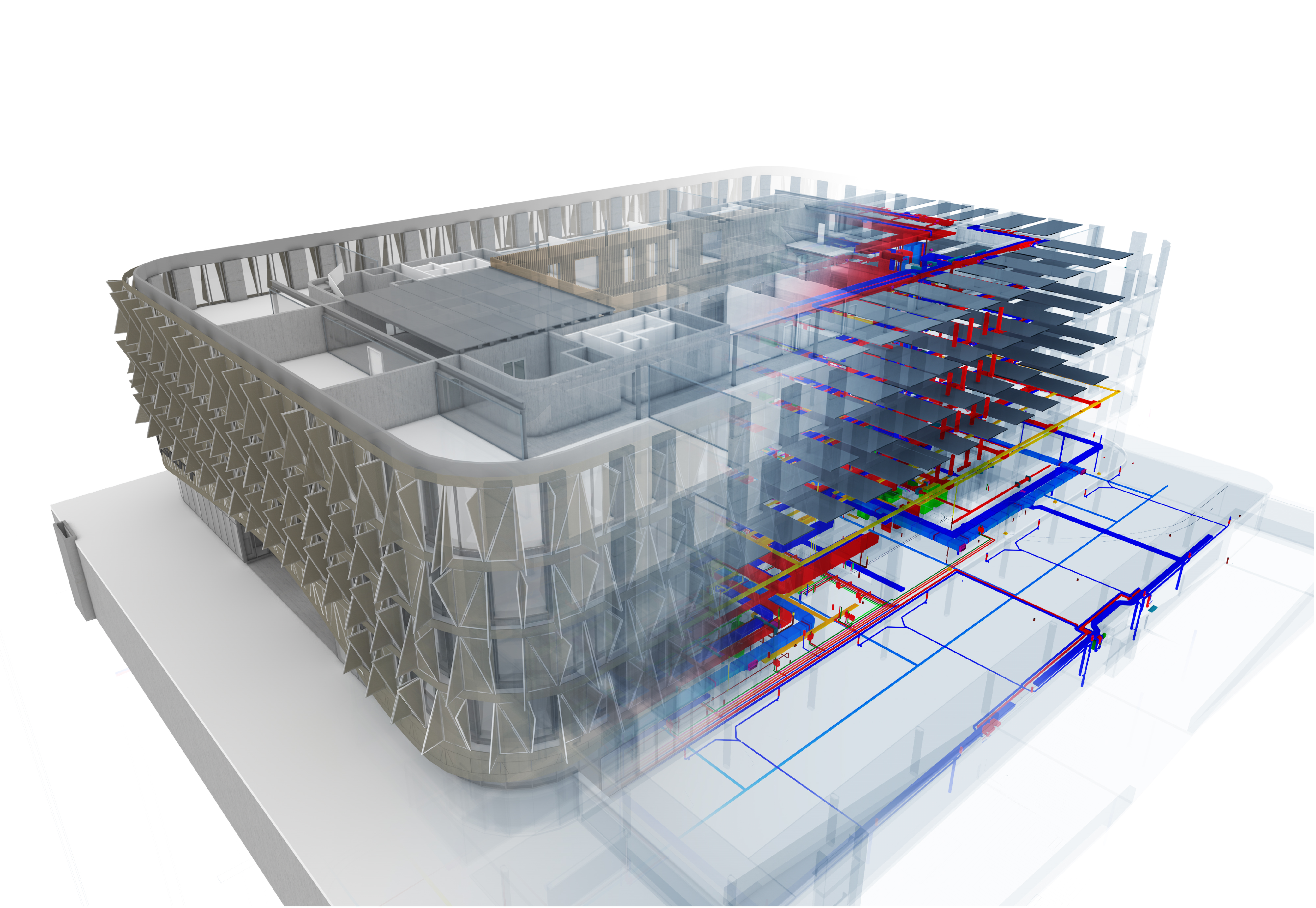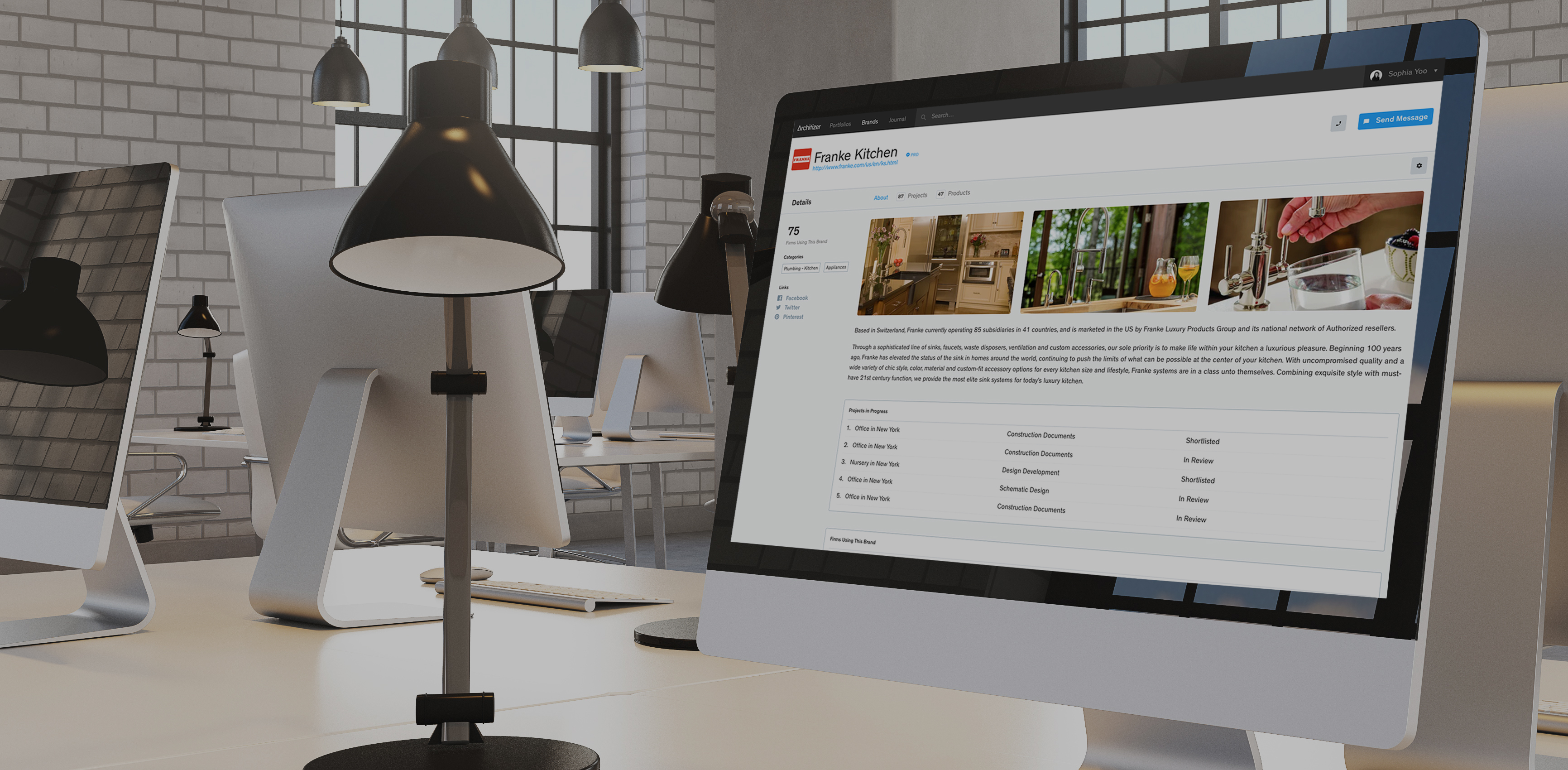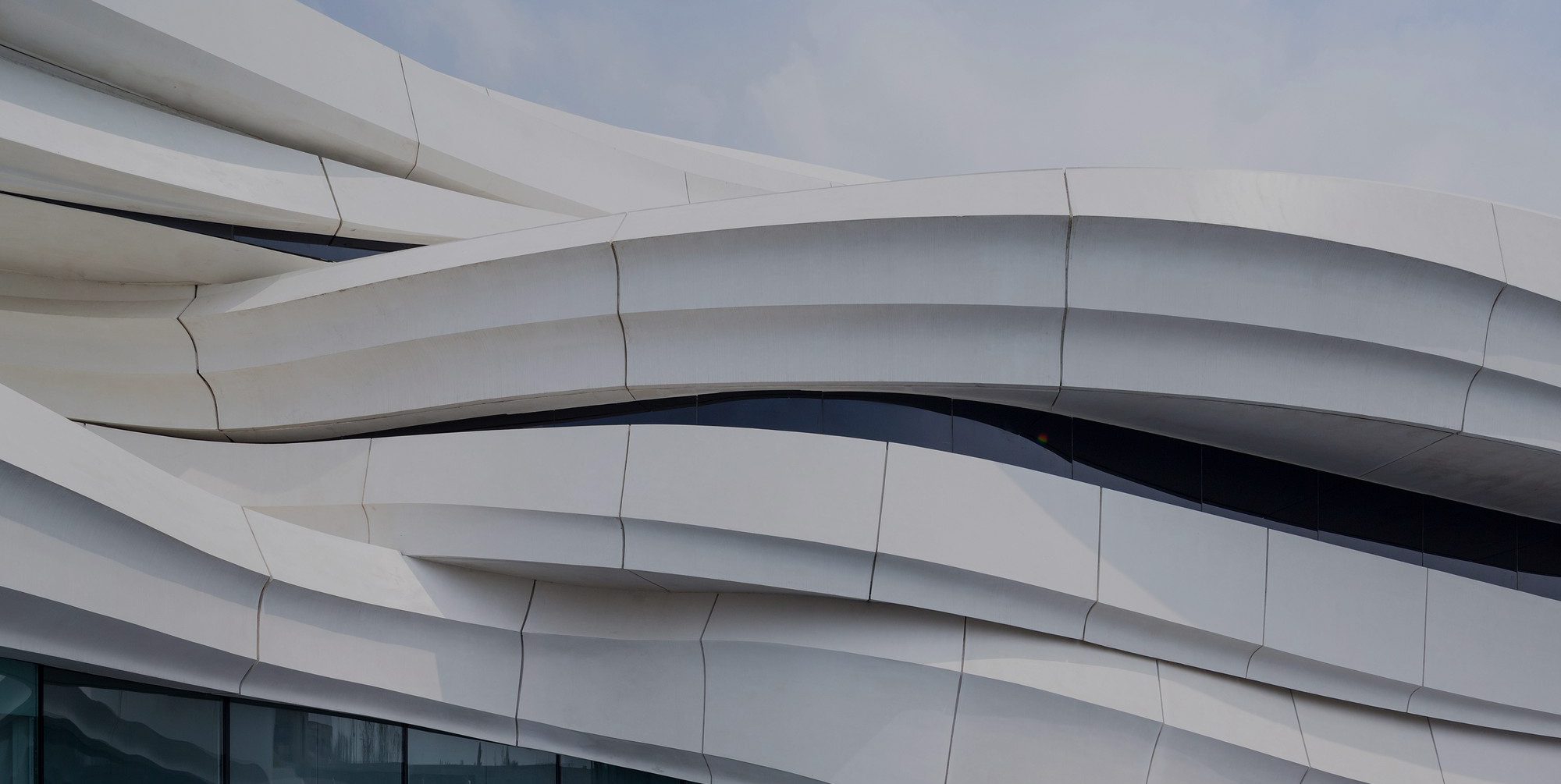With a history that dates back 90 years, European firm IttenBrechbühl has often had to find ways to change with the times. Helping lead that charge today is Head of BIM, Marc Pancera, MSc ETH Arch. After joining the team in 2010, Pancera moved from architect to project manager where he had a different perspective on the complexities going into the design of new projects. “I really wanted to push the topic of BIM,” Pancera reflected in a recent conversation with Architizer.
Just a few years later, he had taken over the newly created position as “Head of BIM” managing the BIM Implementation across the firm’s 11 locations and 300 employees, soon helping IttenBrechühl to take home two Gold Awards for the Arc Award BIM in 2016 and 2017, winning for their SwissFEL project last year and their Scott Sports SA project this year.
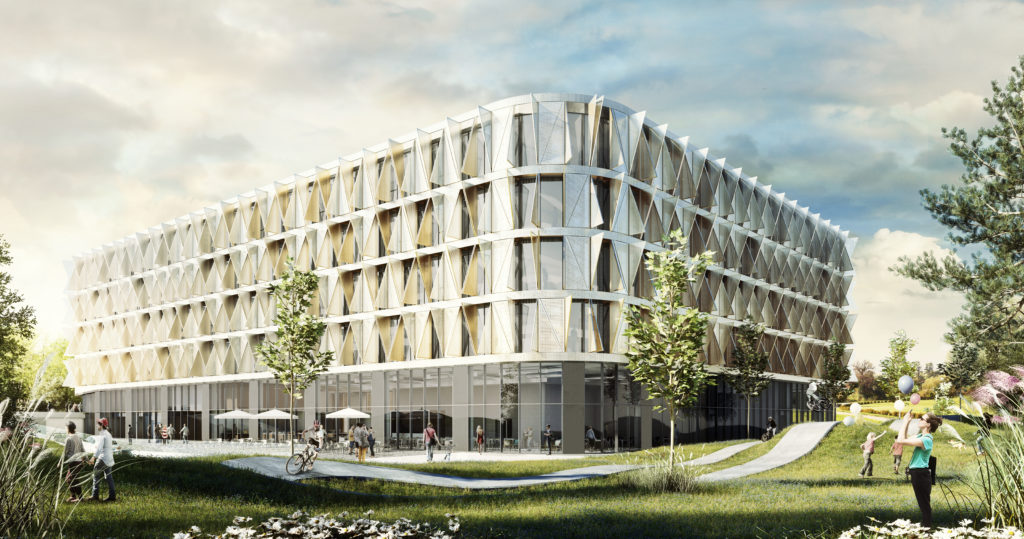
3D model of the Scott Sports SA Headquarters, Givisiez, Switzerland
“I help the team get started with the correct modeling process,” said Pancera of his role as a Head of BIM and coaching BIM Manager. He also coordinates all standardized BIM documents and the firm’s primary BIM execution plan. For newer projects, like the Scott Sports SA Headquarters in Givisiez, Switzerland, Pancera had the opportunity to coach his team of colleagues so they would be able to act as BIM Managers on their own in the future.
With the Scott Headquarters, the design needed to bring together both open and focused work spaces around a large, central atrium — a task that called for extensive collaboration. “For that workflow, the most important thing was keeping everything in the model,” said Pancera, “we needed the whole team looking at the screen together, and lately even touching the screen and turning the model around, while finding the right solution.”
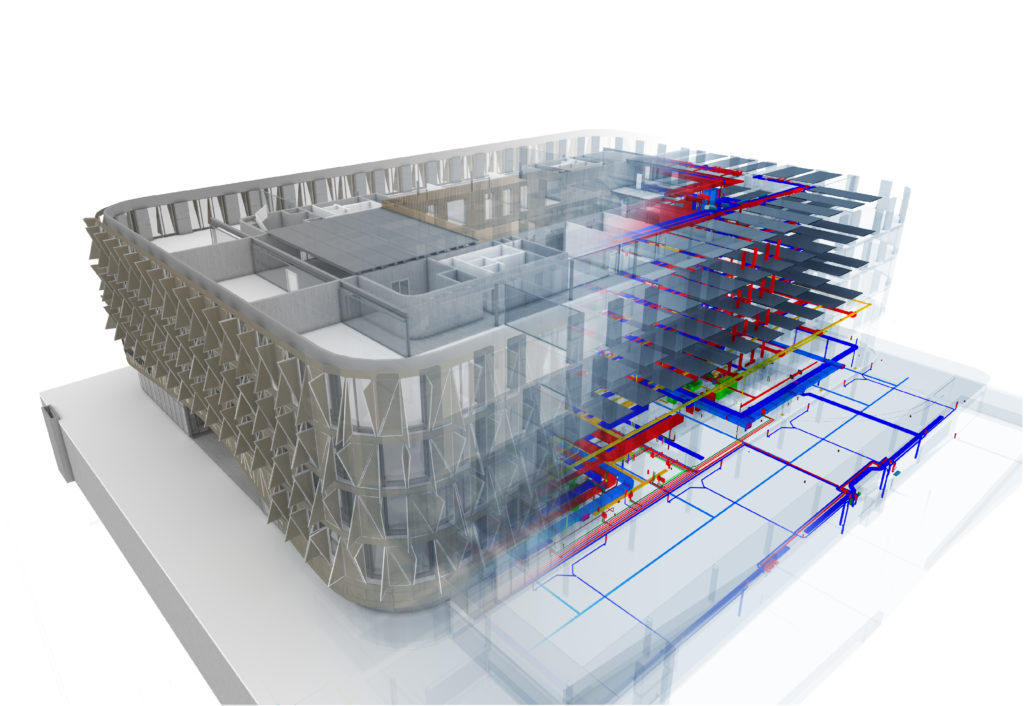
BIM visualization of the Scott Sports SA Headquarters, Givisiez, Switzerland
Pancera attributes the success of the Scott project to this level of collaboration also through Vectorworks, the firm’s preferred tool for BIM modeling, and one that Pancera relies on even more for bigger, upcoming projects that require new workflows. In particular, the 21-building, mixed-use development called the Glasi Neighborhood in
Bülach, Switzerland. It’s a major project that Pancera believes could only be addressed with an open BIM workflow due to its scale, and the need for intricate coordination between multiple teams and multiple software packages. In fact, IttenBrechbühl worked seamlessly throughout the model checking and coordination process by using the IFC Import and Export commands in Vectorworks to collaborate with other companies that also used Solibri, Allplan, ArchiCAD, Revit and AutoCAD.
Housing components of the Glasi development are being handled by both IttenBrechbühl and Duplex Architects, while IttenBrechbühl is also serving as a general planner and structural model designer. “We have until next summer to complete the whole 3D model, coordinating with HVAC, structural design, and landscape design. It all needs to come together by then,” Pancera said. Of course, collaboration between different companies means that several different softwares will come into play. A challenge for Pancera, but one that he also views as an opportunity.
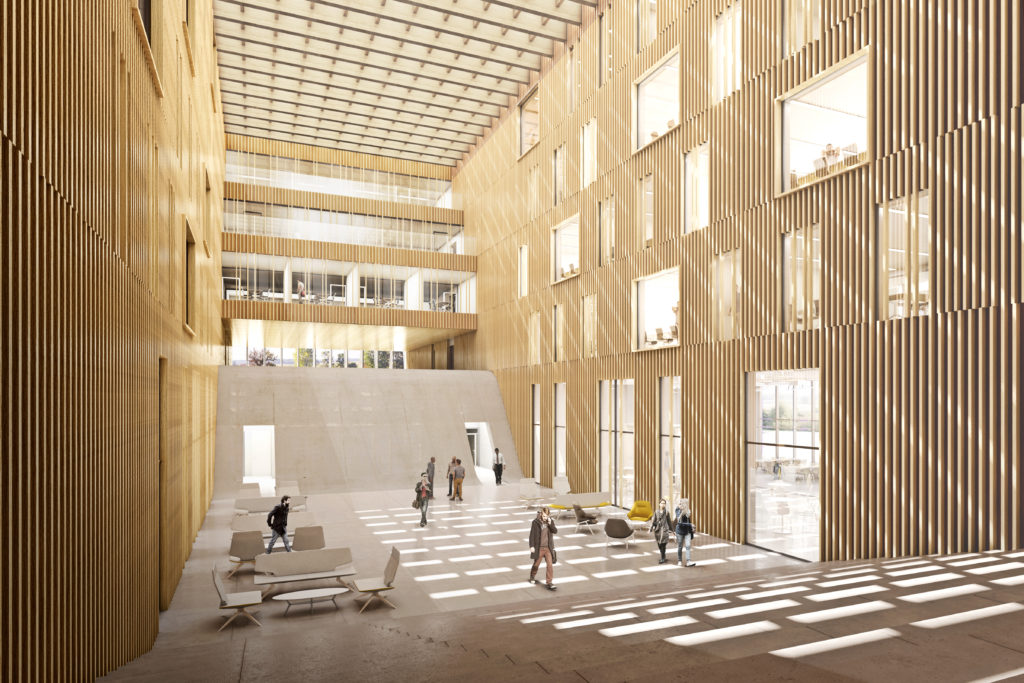
Interior visualization of the Scott Sports SA Headquarters, Givisiez, Switzerland
Pancera says that IttenBrechbühl wants to prove that moving toward open standards like IFC is the best thing for BIM and the industry, making it easier to integrate several designs into large-scale projects like these. “The export of models out of Vectorworks are, in my opinion, one of the best on the market and one of the most controllable,” says Pancera. For him, creating great work from a BIM model is all about keeping track of what information is going out, coming in, and how it all affects the project. ”Vectorworks makes a model where I’m in control of the Properties/Information,” he said.
Pancera finds that, with many other BIM tools, you often have to specify too much before you get to actually draw. “With Vectorworks, I can draw a wall and then, step by step, put more information in and make it more detailed,” he said. At the same time, Pancera finds that recent features like Vectorworks Architect 2017 software’s data visualization help keep those expanding details organized and accessible by differentiating objects with multiple colors as more data and parametric values are added.
As a BIM expert staying on top of all the latest features, Pancera is excited for the continuing improvements to visualizations, web view and virtual reality features for Vectorworks 2018. But as the head of BIM for IttenBrechbühl, he’s most enthusiastic for the continued emphasis on usability. “There have been a lot of improvements under the hood,” Pancera says about changes that are less apparent but still make a noticeable difference. “We want to implement the new version as soon as possible,” Pancera said, “It’s much more stable and much more user friendly … and usability is crucial.”
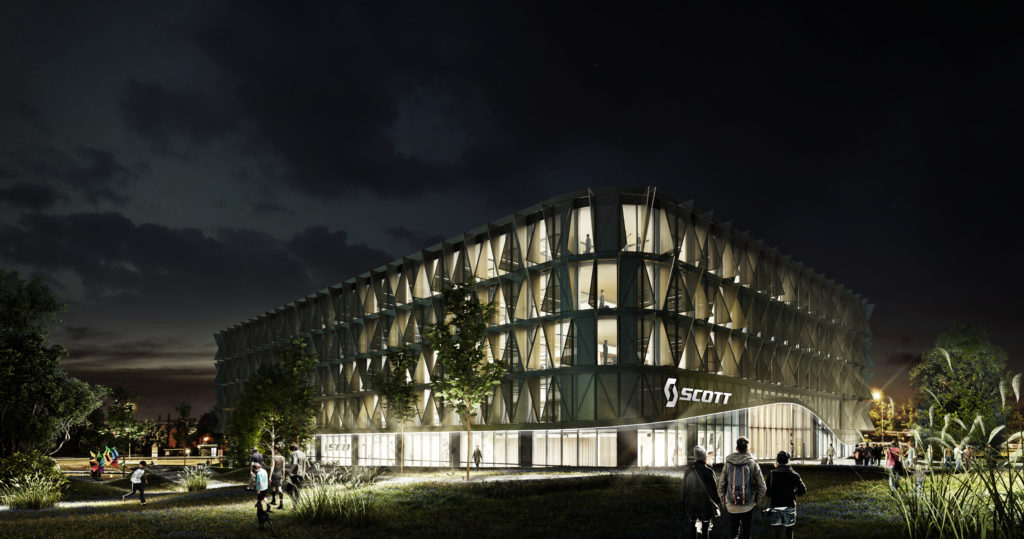
Nighttime visualization of the Scott Sports SA Headquarters, Givisiez, Switzerland
Another crucial benefit that keeps Pancera encouraging the use of Vectorworks across the firm is a less common collaboration: the one between architects and the software developers making BIM tools possible. His working relationship with ComputerWorks, Vectorworks’ Swiss distributor, means that Pancera can send feedback and suggestions for improvement and get fast, personal feedback or even direct updates — something he feels other BIM software companies could never offer.
“It’s one of the most important reasons for why we work with Vectorworks,” Pancera said, “We can get real constructive feedback and that’s very important … It’s not just the software itself, but the people behind the software.”
Want a deeper look at leading Swiss architecture firm IttenBrechbühl’s BIM philosophy?
Fill out the form below to receive the video, “Big BIM in Practice: A Conversation with IttenBrechbühl.” Their team talks in more detail about the Scott Sports Headquarters, and how they set their own rules for that project. Moreover, you’ll learn what they deem the greatest benefits of BIM.
